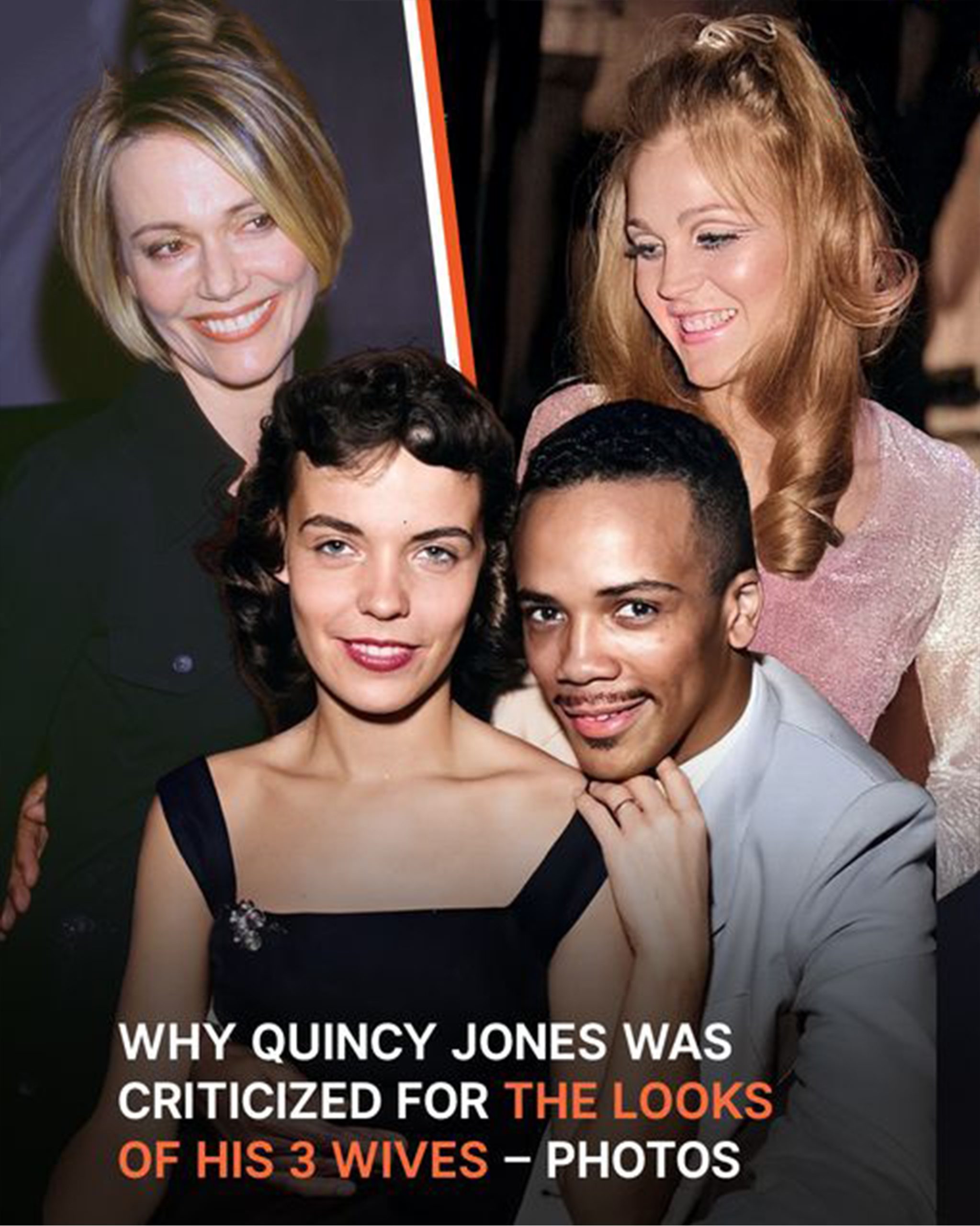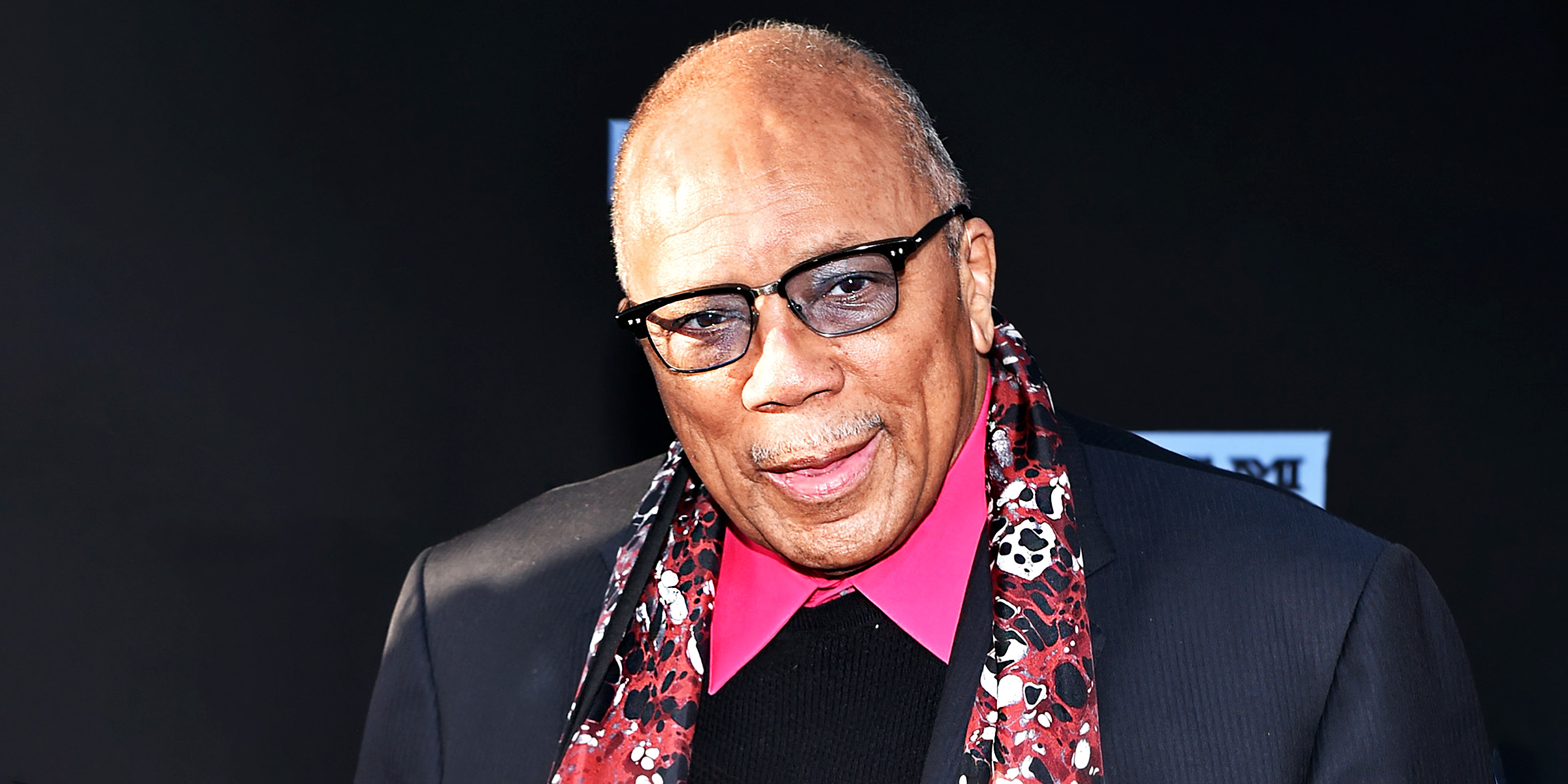As we remember Quincy Jones’ extraordinary life, his complex relationships with his three wives reveal another side of the music icon’s legacy.
Quincy Jones, the celebrated music mogul and pioneering producer, has passed away at the age of 91. Known for his impressive influence on American music and entertainment, Jones worked with legendary artists like Michael Jackson, Frank Sinatra, and Ray Charles, shaping the soundscape of several generations.
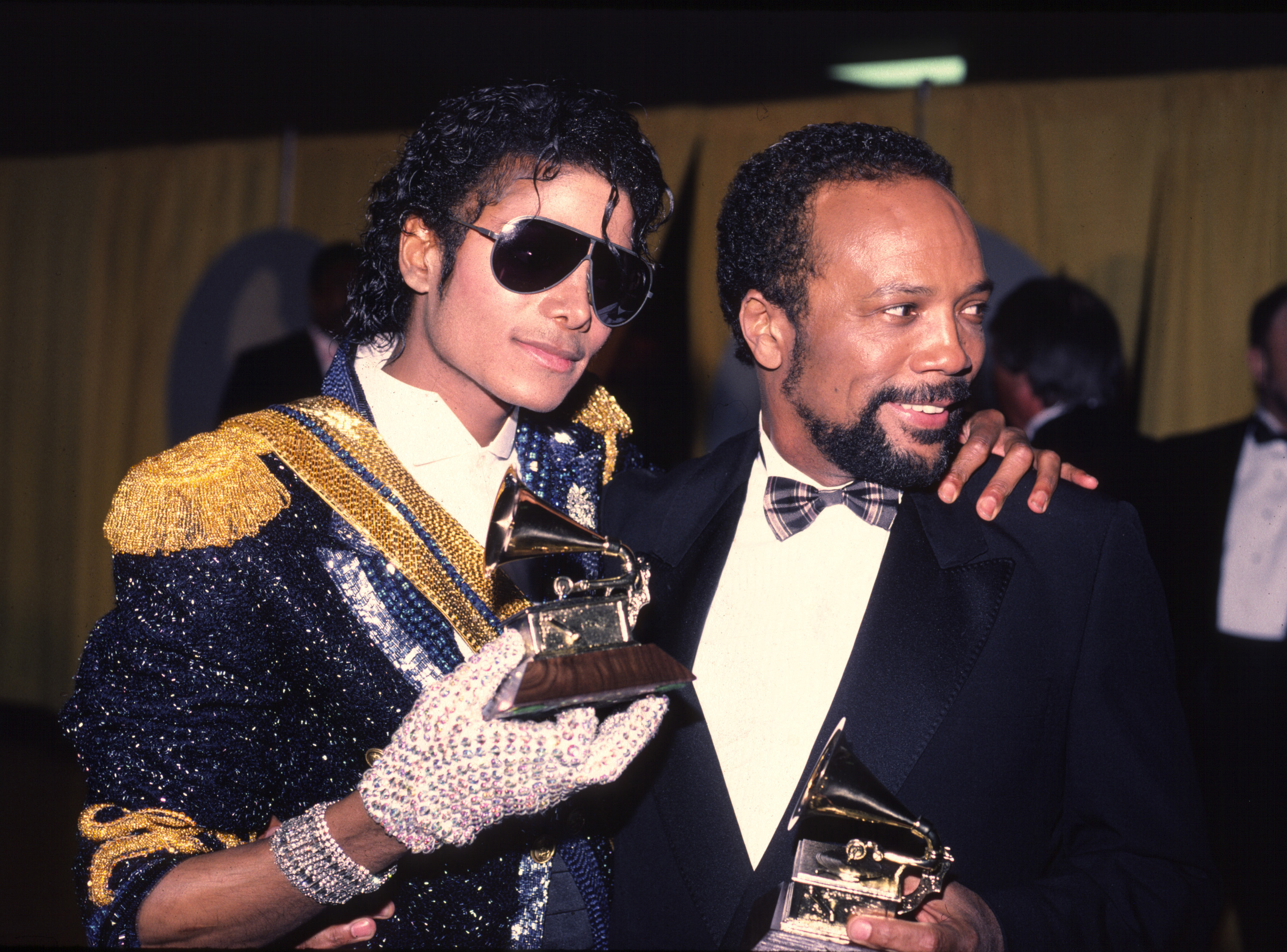
Michael Jackson and Quincy Jones on November 22, 1990 | Source: Getty Images
His family confirmed that Jones died on November 3, 2024, at his home in Bel Air, Los Angeles, with loved ones by his side. In a
heartfelt statement,
they expressed their sorrow and appreciation for the life he led:
“Tonight, with full but broken hearts, we must share the news of our father and brother Quincy Jones’ passing. And although this is an incredible loss for our family, we celebrate the great life that he lived and know there will never be another like him.”
Jones, who was due to receive an honorary Academy Award later this month, leaves behind an unmatched legacy in music and entertainment. His career achievements include producing the historic “Thriller” album for the late
“King of Pop,”
which remains the best-selling album of all time, and creating award-winning film and television scores.
Yet, as much as his professional accomplishments have been lauded, his personal life has often attracted a mix of attention, curiosity, and critique.
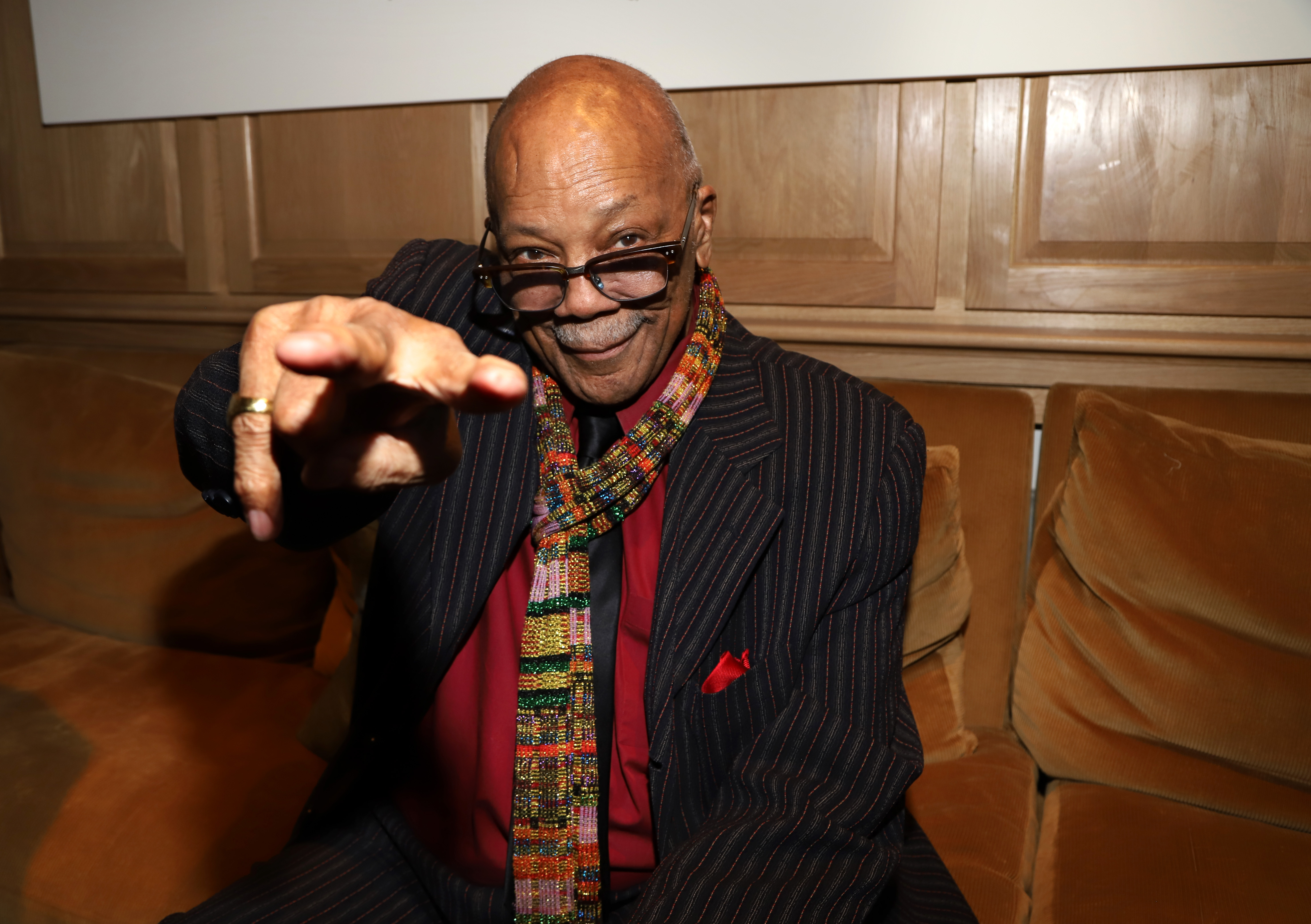
Quincy Jones on October 26, 2019, in West Hollywood, California | Source: Getty Images
Why Was Quincy Jones Criticized for His Relationships?
Over the years, Jones faced criticism for many of his interracial relationships. This aspect of his personal life became a focal point for some and a source of contention for others.
In a 1993 interview, rapper Tupac Shakur made remarks targeting Jones, accusing him of
exclusively dating white women
and implying that this choice negatively impacted his children.
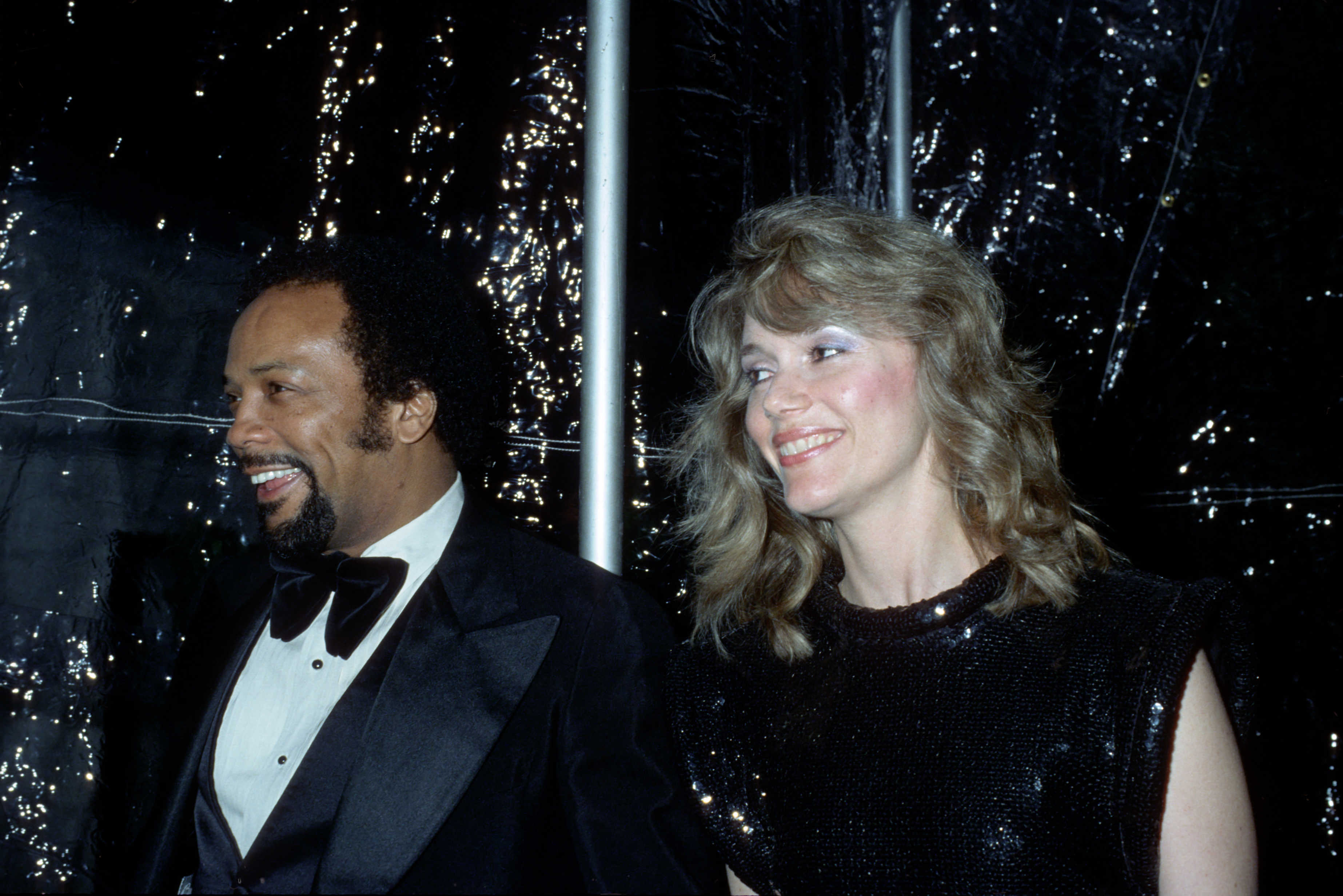
Quincy Jones with an unnamed woman on January 1, 1960 | Source: Getty Images
Addressing the public perception of his relationships, Jones later shared insights into his life choices during a candid interview with Oprah Winfrey.
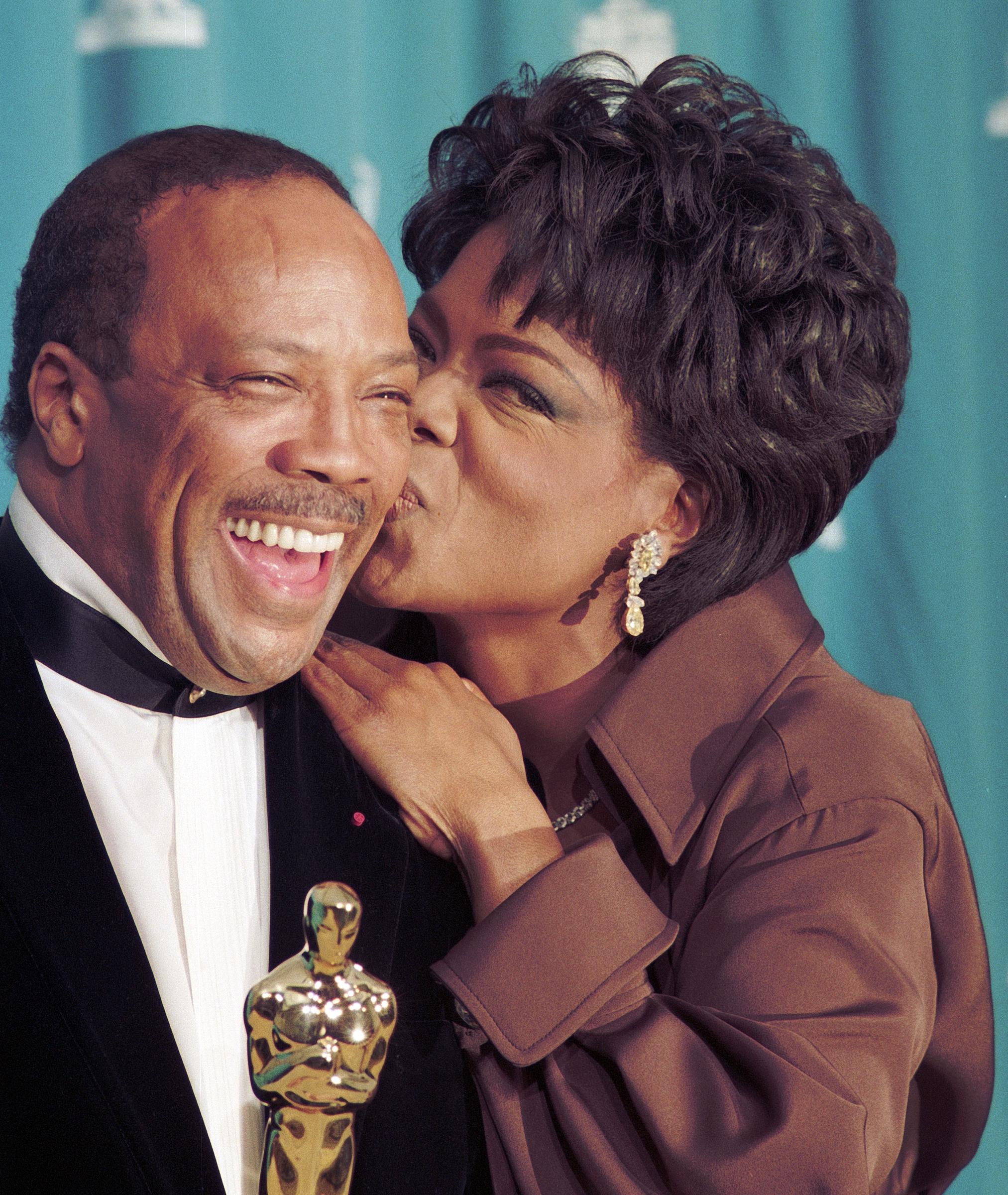
Quincy Jones and Oprah Winfrey on March 27, 1995, in Los Angeles, California | Source: Getty Images
When Winfrey broached the topic, Jones
responded,
“I have been with every kind of woman of every nationality. Do you think that with a soul like mine, I would limit myself to one kind of woman when I’m in Taiwan, Tokyo, Pakistan, Turkey, and Morocco? That’s crazy!”
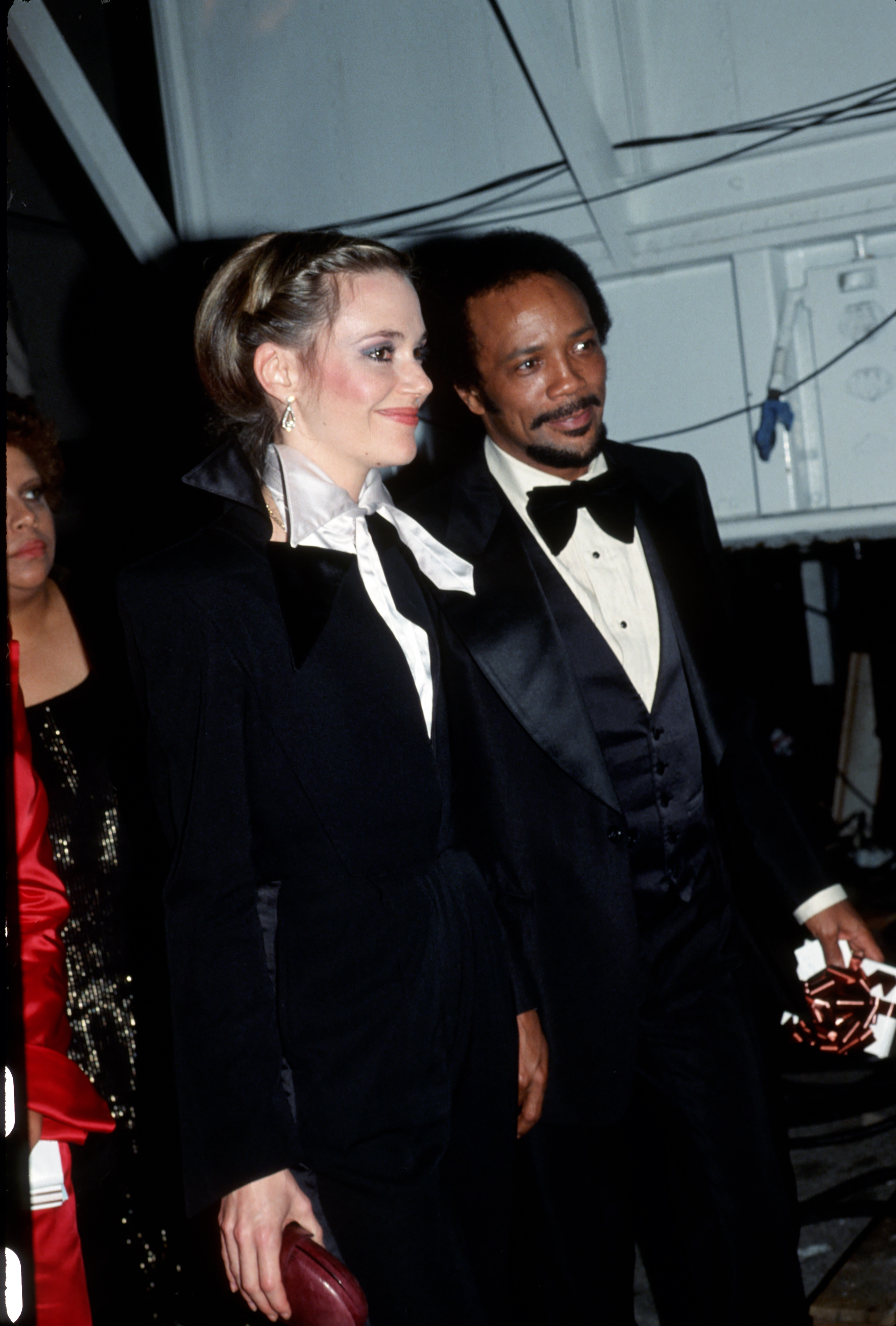
Quincy Jones with an unnamed woman on January 1, 1960 | Source: Getty Images
His openness about embracing diversity in his relationships highlighted his belief in individuality and a life unbound by social conventions.
Details About Quincy Jones’ Early Life
Reflecting on his youth, he recounted his time in Washington state in the 1940s, noting that he faced limited dating options as there were only a few Black women in his area. This, he suggested, broadened his outlook and led him to value relationships with people from various backgrounds.
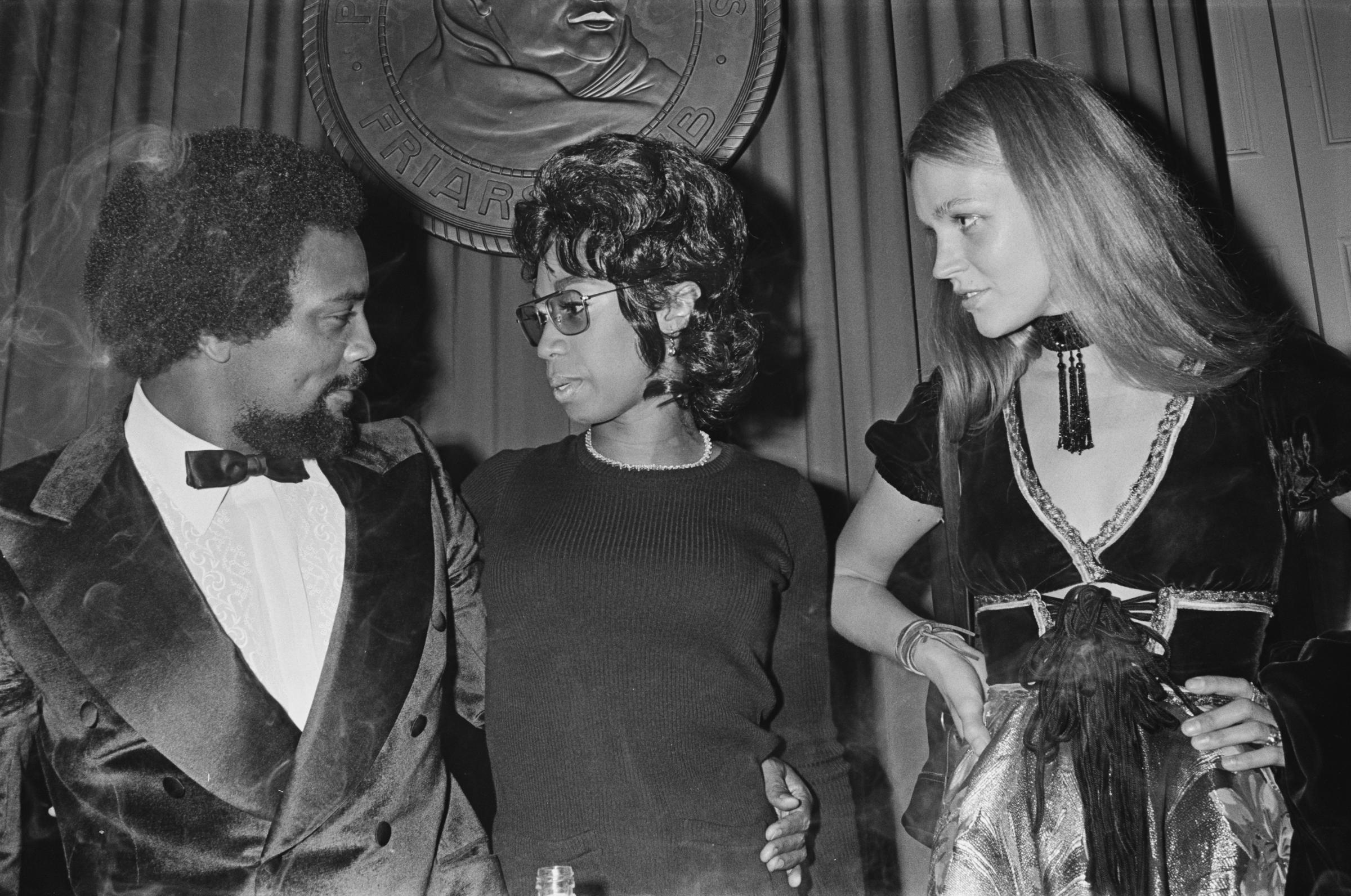
Quincy Jones, entertainer Altovise Davis, and Jones’ wife Ulla Andersson in Beverly Hills, California, on October 3, 1970 | Source: Getty Images
Jones, who
described himself
as a man with a “lot of love to give,” stated that he was drawn to kindness and to people who saw him for who he was.
During the interview, Winfrey also delved into Jones’ early experiences with racial identity and the challenges he encountered growing up. She asked him if he had
always seen himself
“as a colored boy in a white world.” Jones responded that this awareness only began to take shape after he moved to Seattle with his family.
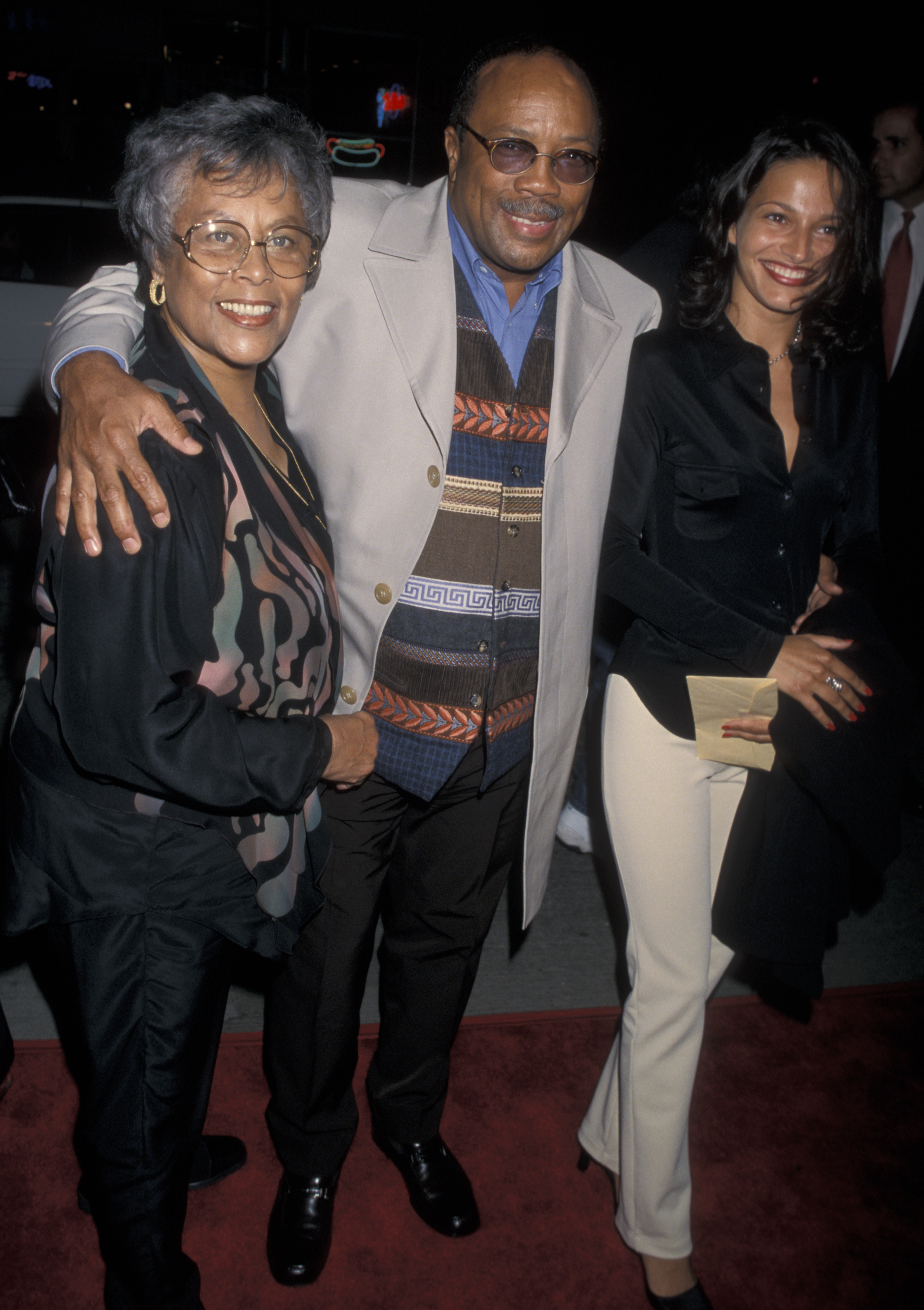
Producer Quincy Jones and family on October 12, 1998, in Westwood, California | Source: Getty Images
He recounted the journey they made to reach Sinclair Heights, a neighborhood in Bremerton, Washington, specifically designated for Black families during World War II.
The family had to ferry across the water and then carry their belongings three miles uphill, a memory Jones described with clarity, hinting at the resilience and adaptability he developed from an early age.
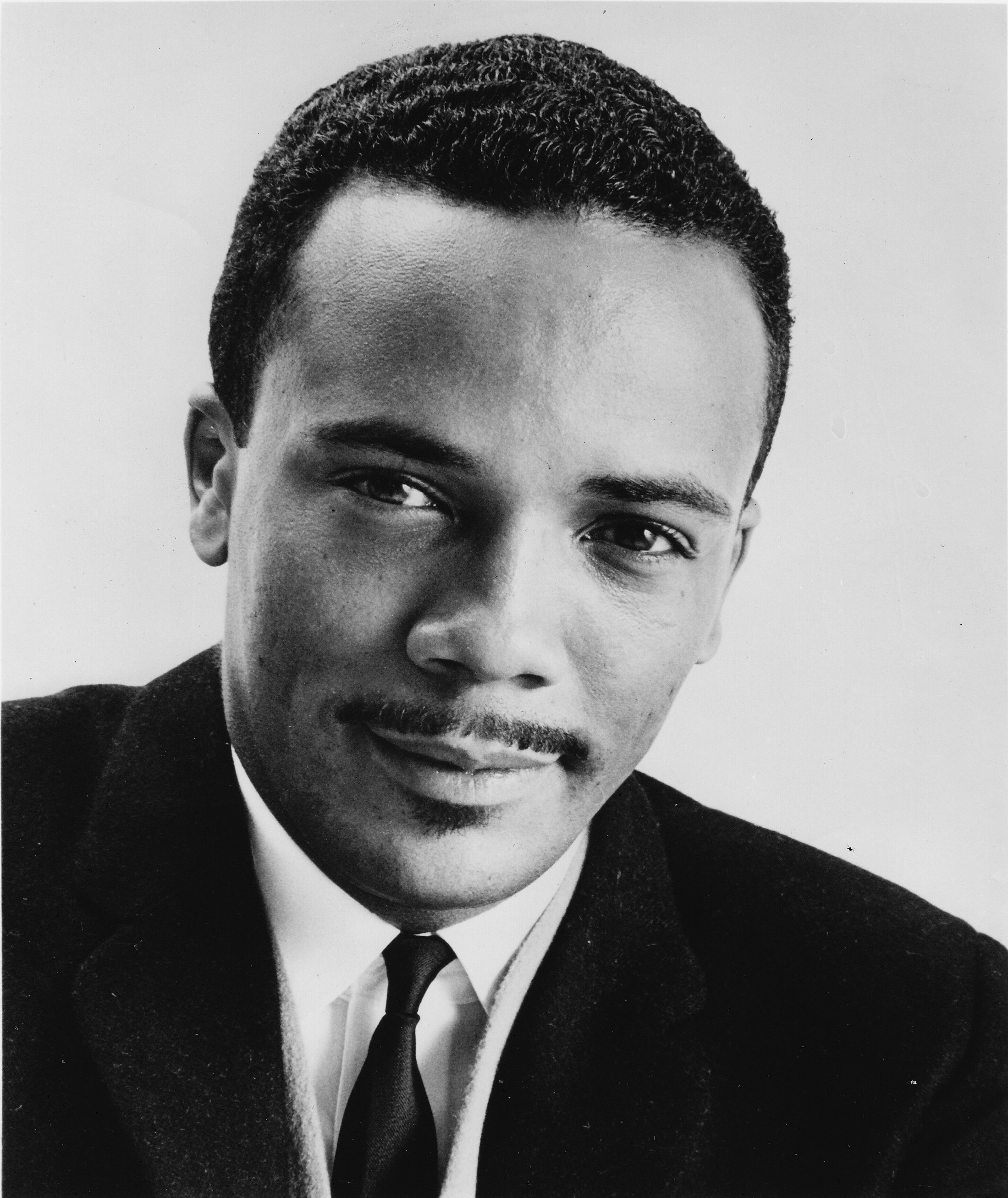
Quincy Jones poses for a studio portrait in 1962 in the United States | Source: Getty Images
As Jones’ life story unfolded, his relationships with the women in his life revealed a complex, often challenging journey marked by early hardships and lasting impacts. This journey began with the difficulties he faced as a young boy, beginning with the profound experience of his mother’s struggles with mental illness.
In his interview with Winfrey, Jones shared a vivid memory of when he first realized his mother was struggling mentally. He
recalled
an unsettling moment from his childhood, “When she threw my coconut cake outside on the back porch on my birthday. I was 5 or 6, and it freaked me out.”
To him, that cake symbolized family, and this act left an indelible mark. Jones later admitted that even as an adult, he couldn’t bring himself to enjoy coconut.
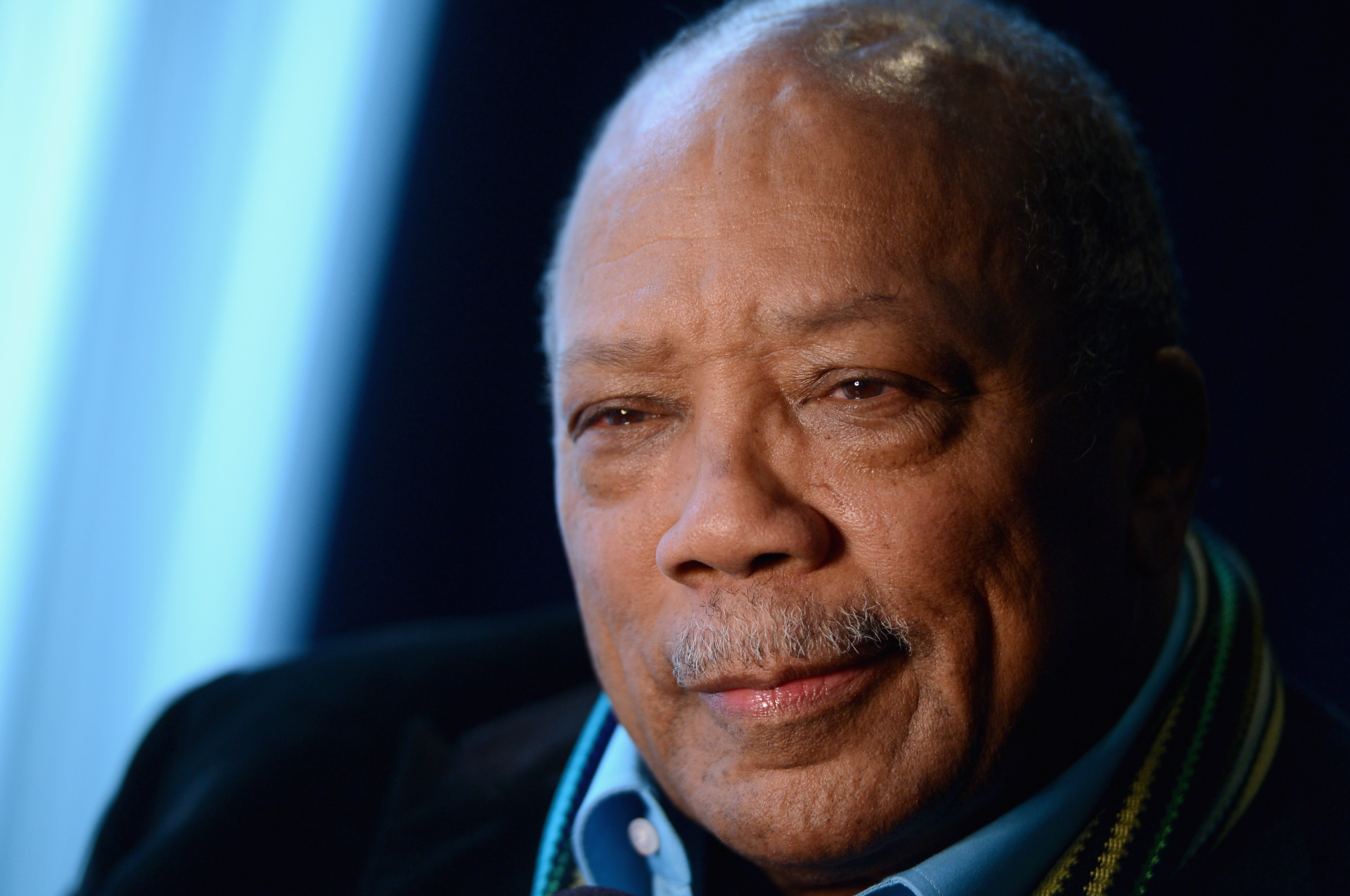
Music producer and Ahmet Ertegun Award recipient Quincy Jones on December 11, 2012, in Los Angeles, California | Source: Getty Images
After his mother’s institutionalization, Jones moved in with his grandmother in Louisville, Kentucky. Life there was starkly different. Reflecting on those early days, he described the challenging conditions of his grandmother’s home.
“It was raggedy,” he
said,
recalling how she locked the door with a rusty nail, a makeshift “security system” he later looked back on with humor and humility.

Quincy Jones in New York City, on April 25, 2006 | Source: Getty Images
Their house was so cold that frost sometimes formed on the floor. Though these conditions didn’t trouble him as a young child, they became more impactful when he revisited them as an adult.
He finally understood the resilience his grandmother embodied, even though, as he
noted,
“she didn’t know how to express” love in the conventional sense. This longing for familial warmth likely shaped Jones’ relationships later in life.
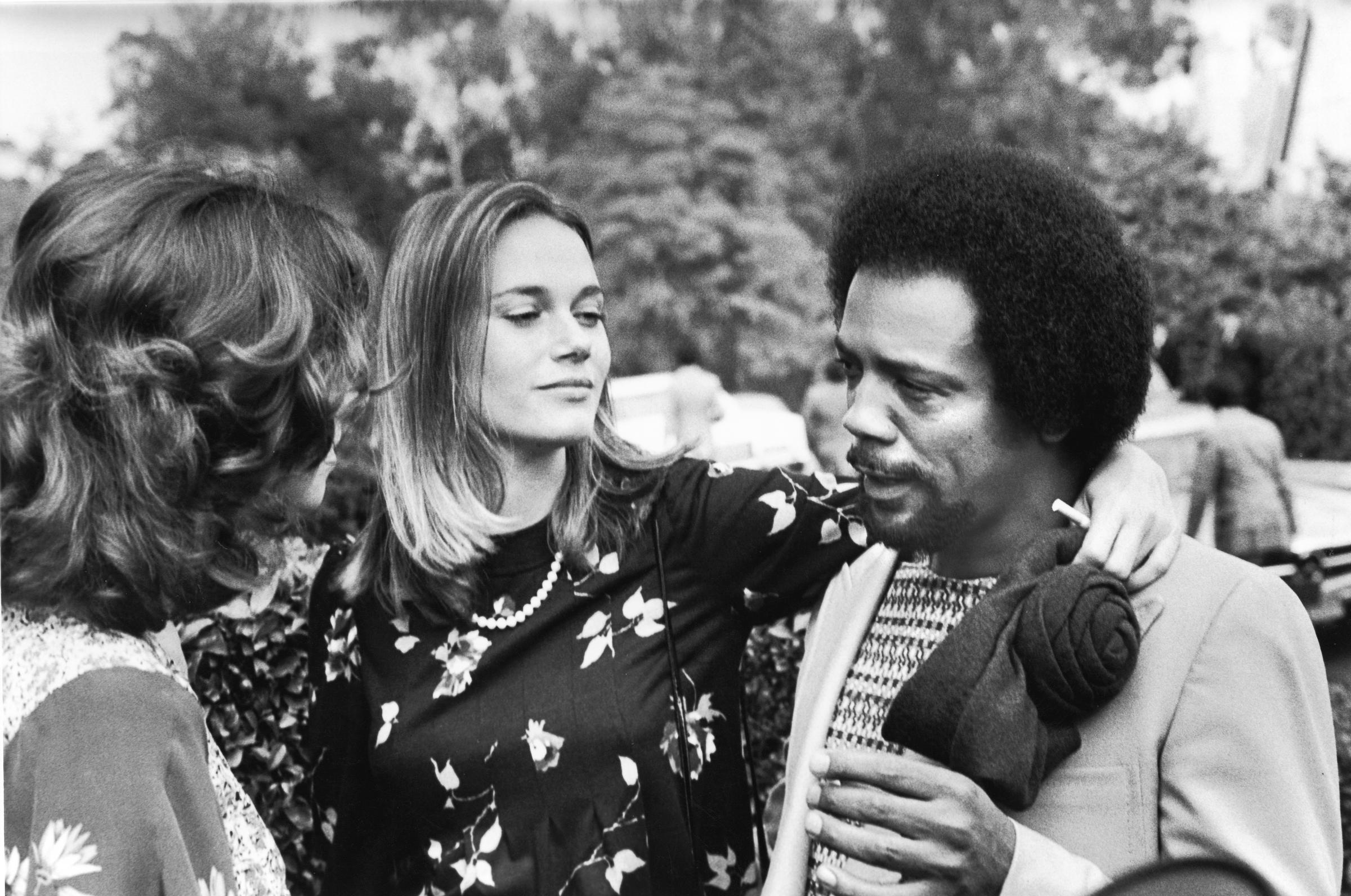
Actress Peggy Lipton puts her arm around the shoulders of Quincy Jones as he talks to another woman in Bel Air, Los Angeles, California, on October 1973 | Source: Getty Images
Scroll down to find out more about Jones’ relationships with his three wives, two of whom died before him.
Jeri Caldwell
Jones was 19 when he married his first wife, Jeri Caldwell, a significant figure in his life. Reflecting on this relationship, Jones
admitted
that feelings of “motherlessness” influenced how he connected with women. “Whenever a woman would come too close, I would cut her off,” he
explained,
noting that this reaction was often subconscious.
For him, his marriage to Caldwell was an attempt to seek stability and love, although he
confessed
he was young and uncertain. “I didn’t know what I was doing.”
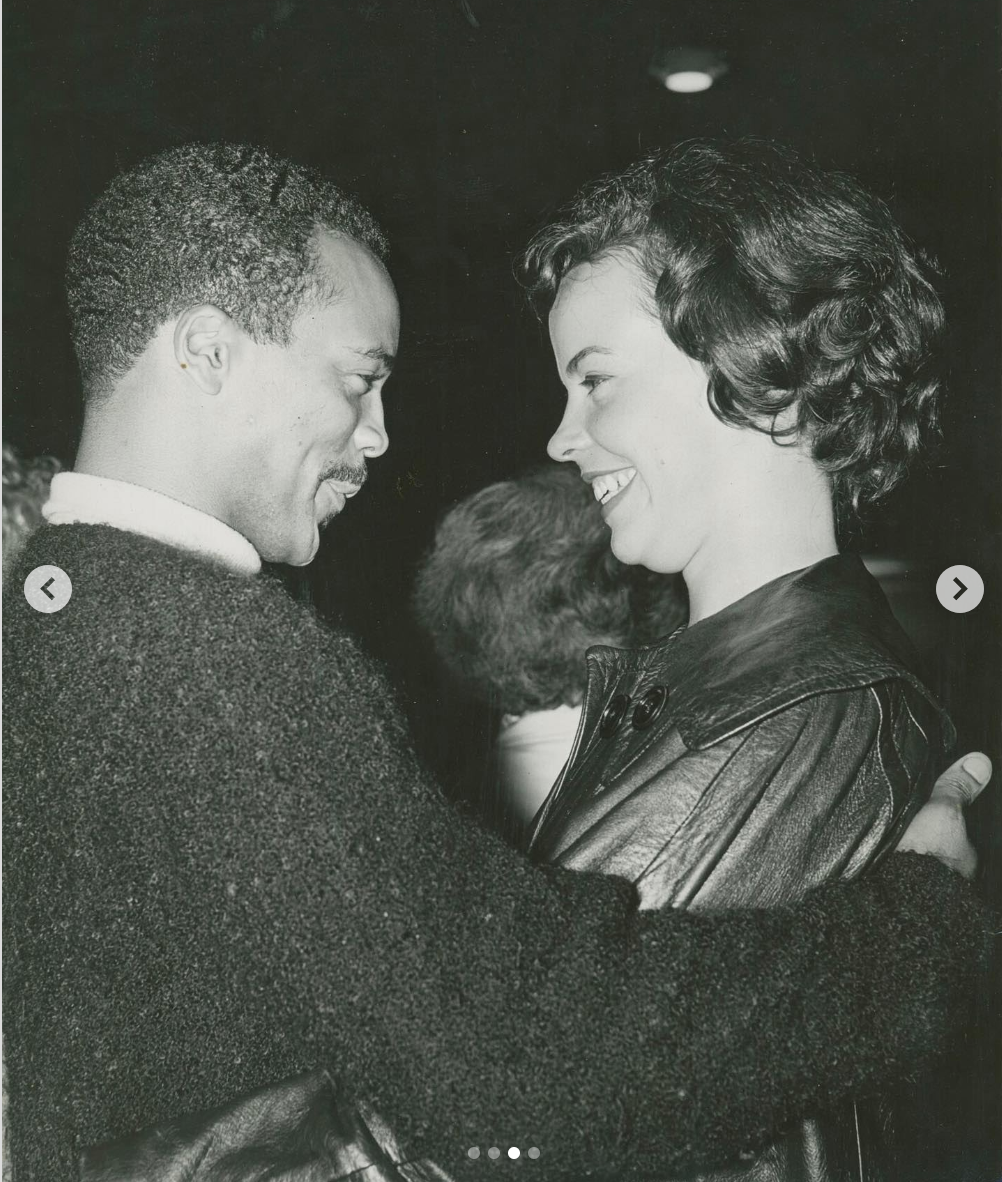
Quincy Jones with his first wife Jeri Caldwell, as seen in a photo dated November 24, 2021 | Source: Instagram/quincyjones
Caldwell, who was Jones’ high school sweetheart, held a special place in his life. The two grew up together in Washington state, where Caldwell was a popular figure, someone Jones
playfully described
as one of the “hotsy-totsies” at school.
Their
relationship blossomed,
and the couple later moved to New York City and then Paris, where Jones studied music under the legendary Nadia Boulanger. Caldwell supported Jones through these formative years, even as they encountered societal barriers. They share a daughter named Jolie Jones.
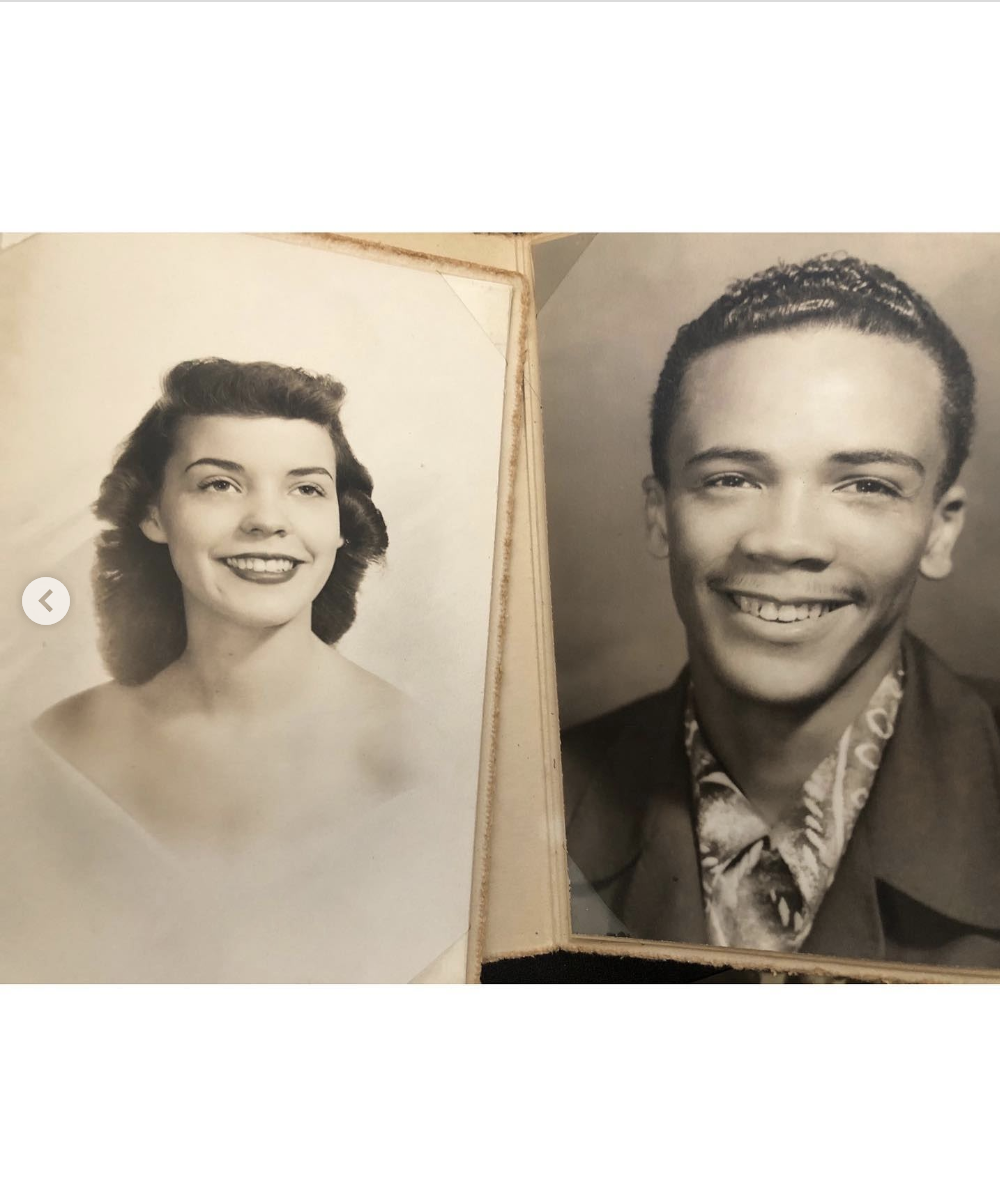
A side-by-side portrait of Jeri Caldwell and Quincy Jones, as seen in a photo dated November 24, 2021 | Source: Instagram/quincyjones
When Caldwell passed away in November 2021, Jones posted a heartfelt tribute to her, expressing the depth of their connection.
He
wrote,
“The mother of my first child, & my first love, Jeri Jones, has moved on to a better place. As my high school sweetheart, she was my rock, & knew me before anyone else knew my name…From moving with me to Paris in the ’50s, to bootstrapping it with me during my Free & Easy tour (which was anything but free & easy!), to being an incredible mother to our sweet Jolie, she never ceased to put others before herself.”
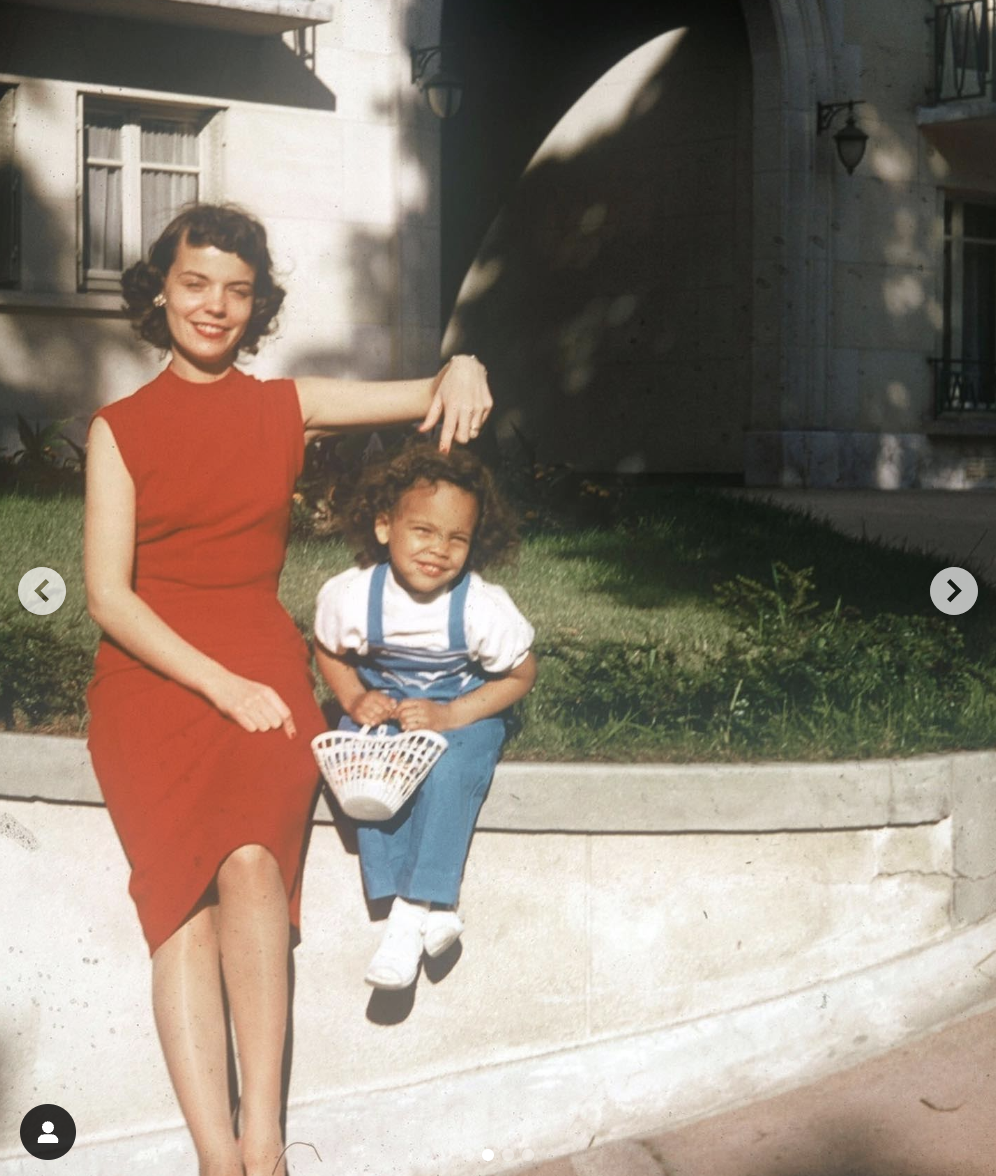
Quincy Jones’ first wife Jeri Caldwell with their daughter Jolie Jones, as seen in a photo dated November 24, 2021 | Source: Instagram/quincyjones
Jones also acknowledged the sacrifices Jeri made for their relationship,
noting
her bravery in the face of societal pressure. “She even sacrificed her status & popularity to be with me (after multiple attempts from her family, friends, high school, & college to stop her from marrying a Black man)…But she did it anyway, & for that, I am forever grateful.”
Jones’ tribute
ended on a reflective note
. “Jeri, thank you for your many years of love, & puttin’ [sic] up with me. Eternally connected.”
Ulla Andersson
After his marriage to Caldwell, Jones went on to marry Swedish actress and model Ulla Andersson, his second wife. Andersson, born on June 18, 1946, in Stockholm, Sweden, was
known for her work
in films such as “Cover Girls” (1964) and “To Bed or Not to Bed” (1963).
Their relationship marked a significant chapter in Jones’ life, during which he continued to build his music career while experiencing a different kind of companionship.
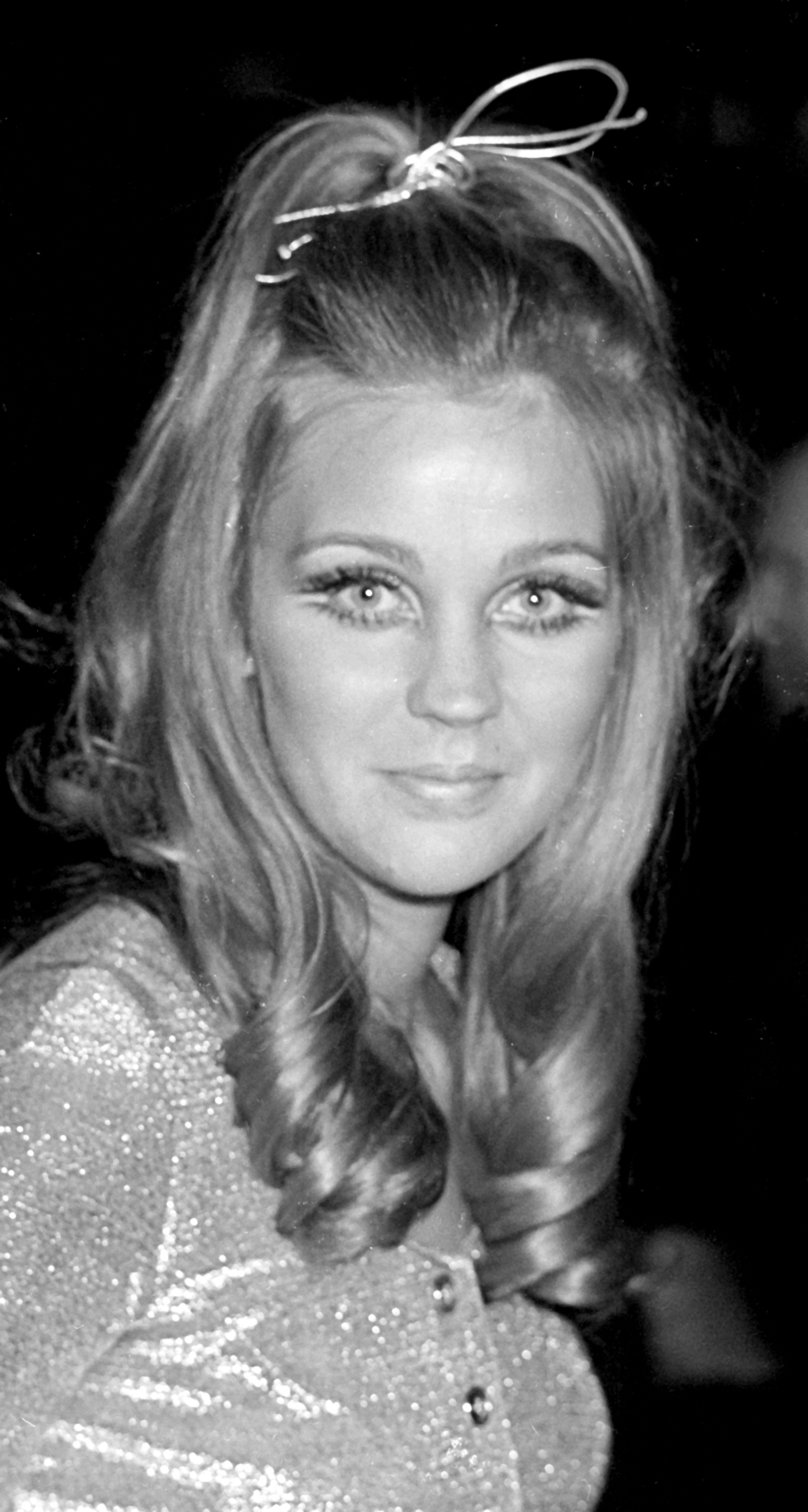
Swedish model & actress Ulla Andersson in New York, on March 2, 1967 | Source: Getty Images
Reflecting on his family life, Jones clarified in his interview with Winfrey that, while he had multiple relationships, he had actually been married three times and was a
father to seven children.
In the same interview, he
candidly admitted
to mistakes in some of his past relationships, noting that he had a history of “dogging” in his younger years. However, he made it clear that he never cheated on Andersson or on his third wife.
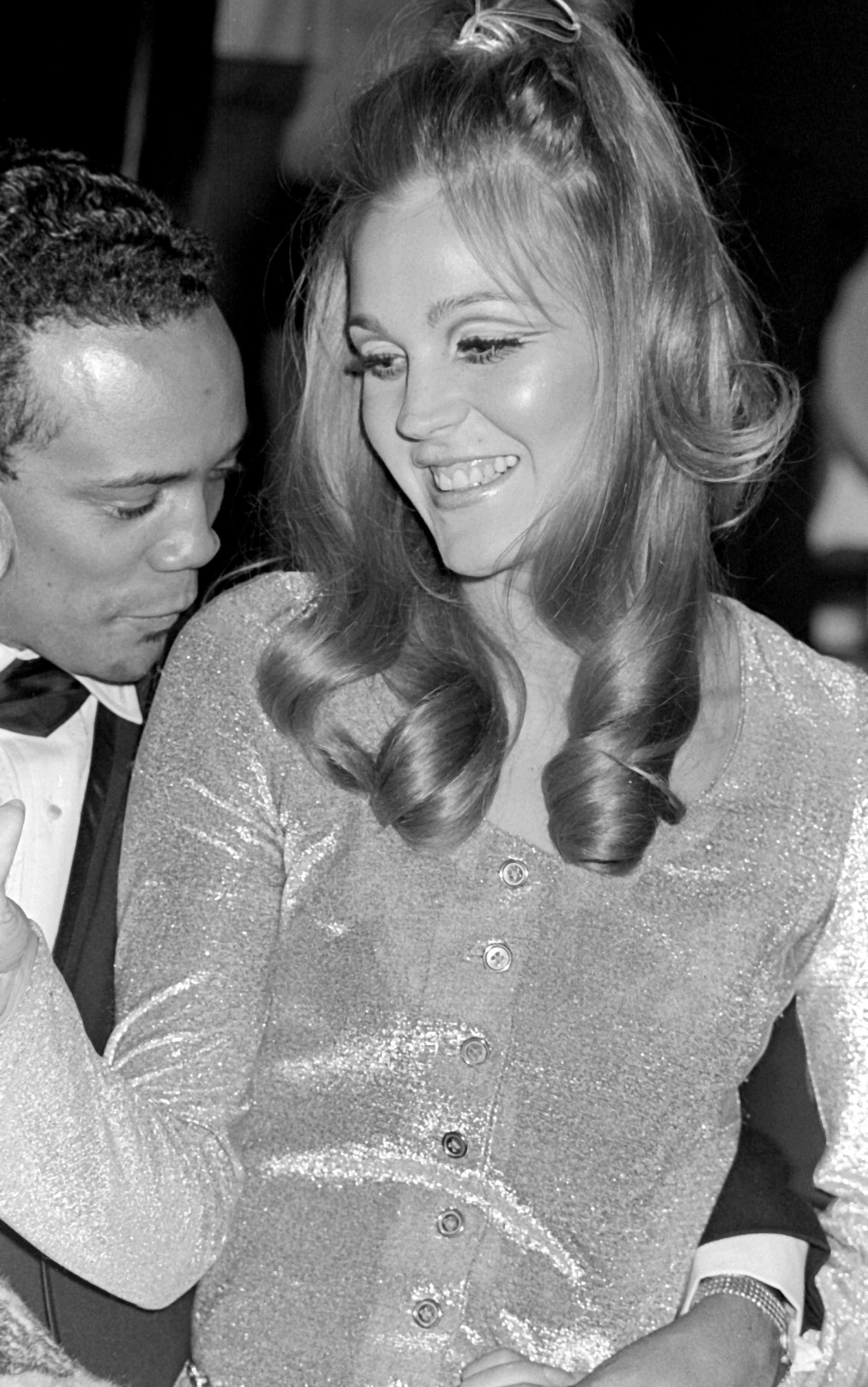
Quincy Jones and Swedish model & actress Ulla Andersson in New York, on March 2, 1967 | Source: Getty Images
Peggy Lipton
Jones’ third wife, actress Peggy Lipton, held a special place in his life, both as a partner and as the mother of their two daughters, Kidada and
Rashida Jones.
Lipton, a symbol of the late 1960s counterculture, became widely recognized for her roles on “The Mod Squad” and later “Twin Peaks.”
With her expressive brown eyes and long blonde hair, she
captivated audiences as Julie Barnes,
a reformed juvenile delinquent turned undercover cop, embodying a sense of youthful rebellion for a generation of baby boomers.
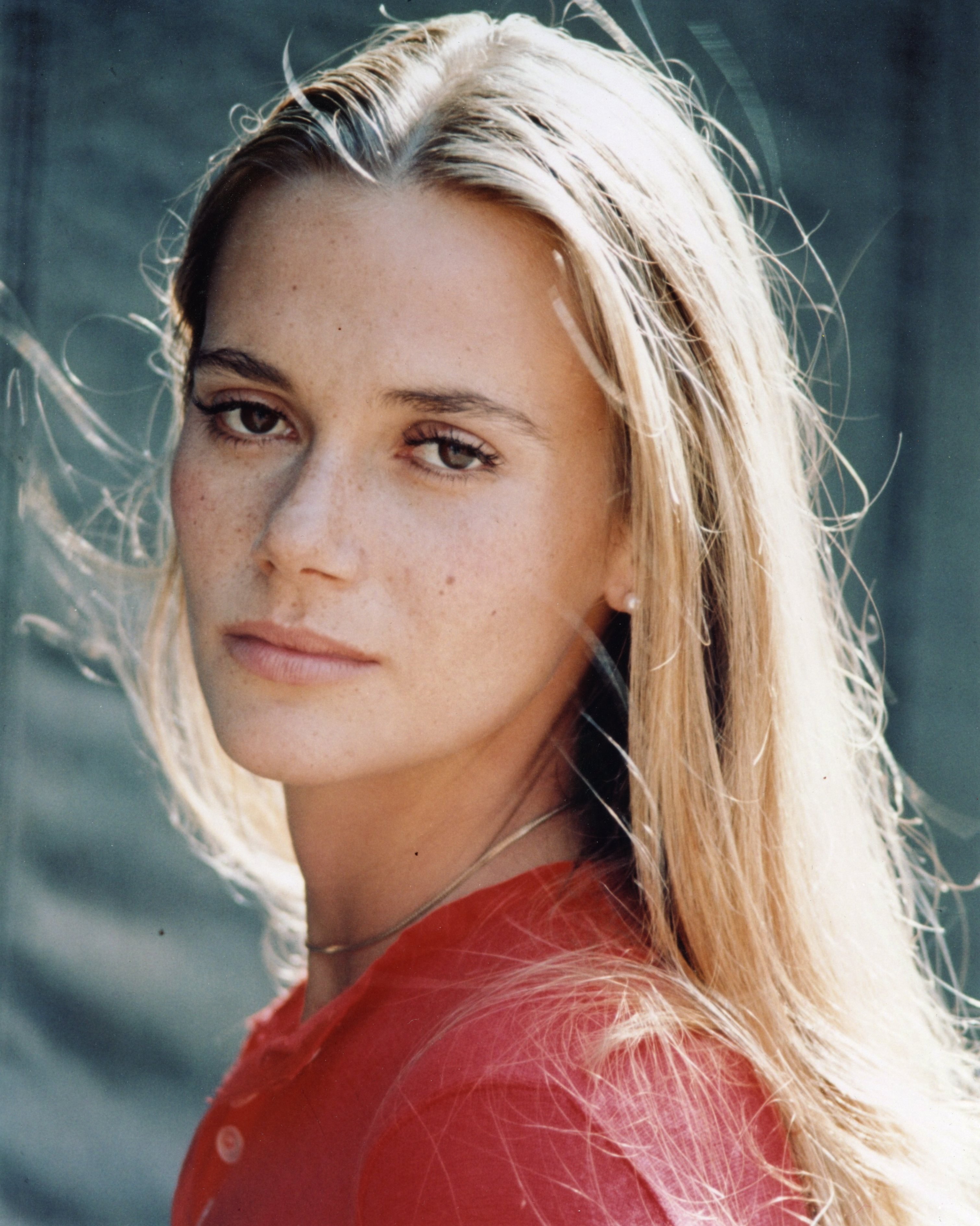
Actress Peggy Lipton poses for a portrait session in circa 1967 | Source: Getty Images
Jones and Lipton were married in 1974 and remained together for 14 years before eventually parting ways in 1990. Despite their separation, the two maintained a deep respect and connection through their shared love for their daughters.
Lipton passed away from cancer on May 11, 2019, at the age of 72, surrounded by family. In a heartfelt statement, her daughters Kidada and Rashida
remembered their mother
as their “beacon of light, both in this world and beyond,” expressing their gratitude for each moment they spent with her.
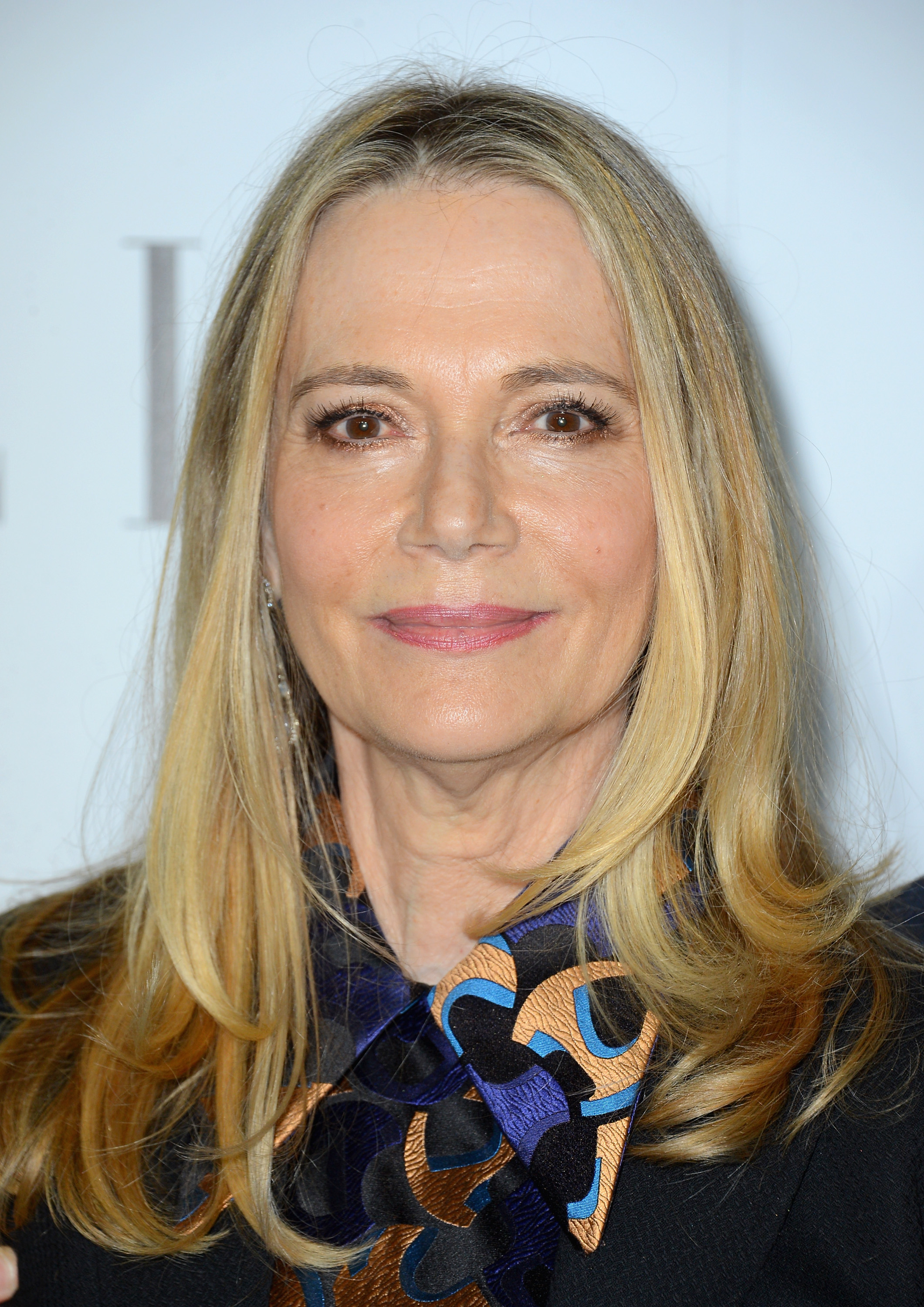
Actress Peggy Lipton on October 15, 2012, in Beverly Hills, California | Source: Getty Images
“She made her journey peacefully with her daughters and nieces by her side,” they
shared.
The loss was deeply felt by the family, but they found comfort in the memories they shared with her.
Four days after Lipton’s passing, Jones took to social media to pay tribute to her memory, sharing a heartfelt message alongside a photo from their younger days. “There is absolutely no combination of words that can express the sadness I feel after losing my beloved Peggy Lipton,” he
wrote.
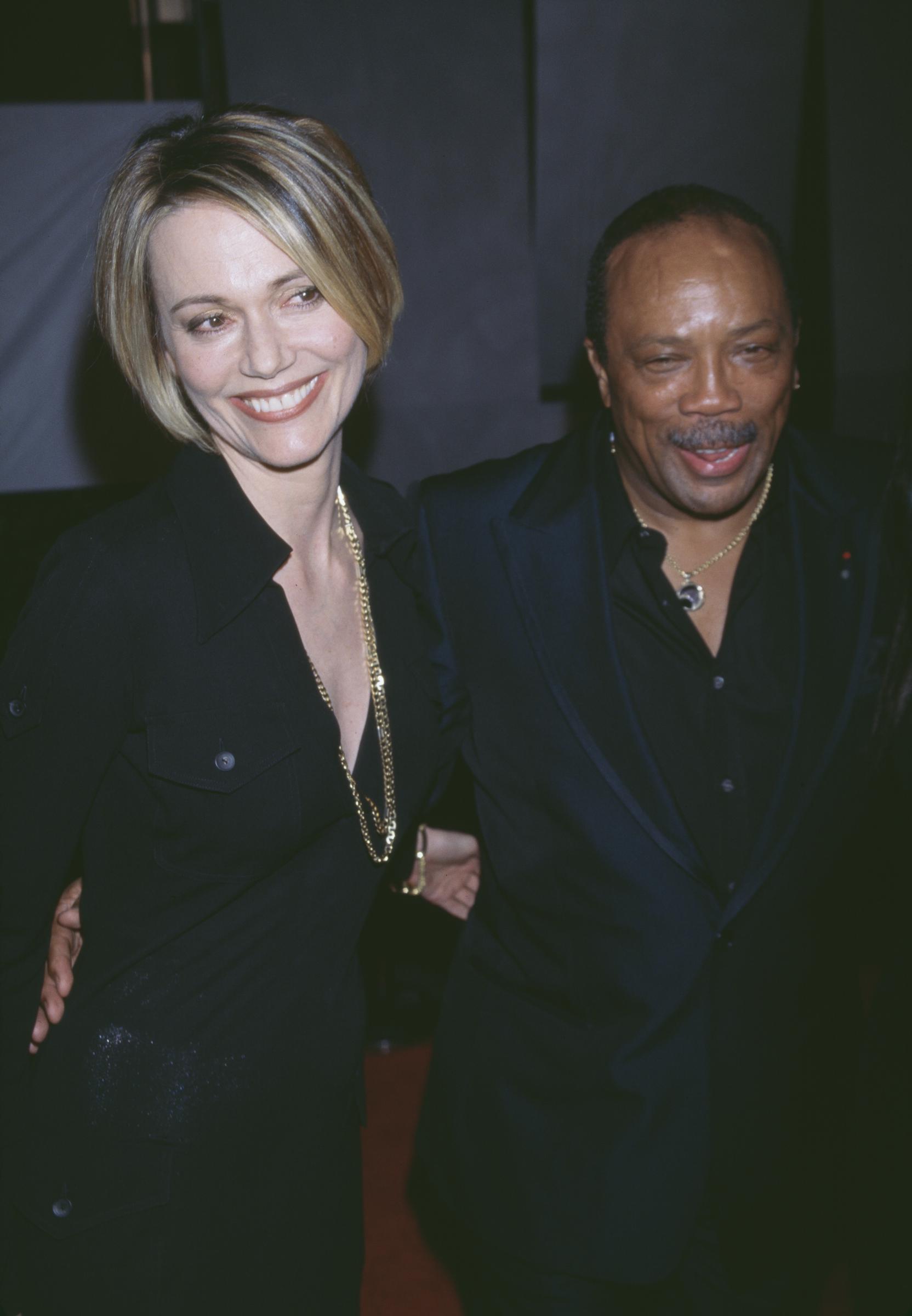
American record producer Quincy Jones with actress and model Peggy Lipton in Hollywood, California, circa 1996 | Source: Getty Images
Reflecting on their years together, he
added,
“My wife of 14 years. We shared many, many beautiful memories, and most importantly, we share two incredible daughters… Pie (Kidada) and Doonkie (Rashida).”
Though their lives took different paths after their separation, Jones expressed a sentiment of enduring love,
noting,
“I can say with the utmost certainty, that love is eternal.” He thanked fans for their support during this challenging time, appreciating the kindness shown to him and his family.
Undoubtedly,
Quincy Jones’
life encompassed an influential career and significant personal relationships, leaving a lasting legacy in music and the lives of those close to him.
